Code
HCS17525
Weight
100 gm / 0.22 lbs
Size
Height
45cm (18") Width
30cm (12") Material
Handmade Cotton Canvas
Availability
Available
Date Added
2019-10-15 04:23:25
Note : We used to sell this product 6 years ago so it may no longer be in our stock.
It is possible that we still have it with our suppliers but the price could be different from before.
Feel free to order. We will verify availability and inform you promptly.
It is possible that we still have it with our suppliers but the price could be different from before.
Feel free to order. We will verify availability and inform you promptly.

Safe Payment
We accept Paypal, Money Transfer, Bank Transfer
Confidence
Protection covers your purchase and personal data.
Worldwide Delivery
We ship Worldwide, except Russia.Shipping cost US$25.2 for upto 0.5 kgs

Hotline
Talk to help line for your question on 9841267335Shakti : Introduction
Shakti Yab-yum is a common symbol in Nepalese and Tibetan art. It represents the primordial union of wisdom and compassion, depicted as a male deity in union with his female consort via the similar concept of interpenetration or "coalescence," as illustrated by the concept of Indra's net. The male figure represents compassion and dexterity, while the female figure represents insight. The female is seated on the male's lap in yab-yum. A rare rendition of a similar figure, but reversed, with the male sitting on the female's lap, is known as yum-yab. Read More . . .
Shakti Yab-yum is a common symbol in Nepalese and Tibetan art. It represents the primordial union of wisdom and compassion, depicted as a male deity in union with his female consort via the similar concept of interpenetration or "coalescence," as illustrated by the concept of Indra's net. The male figure represents compassion and dexterity, while the female figure represents insight. The female is seated on the male's lap in yab-yum. A rare rendition of a similar figure, but reversed, with the male sitting on the female's lap, is known as yum-yab. Read More . . .
Newari Paubha
This Tibetan Thangka Of Vajrasattva With Consort, [shakti], Yab-yum In [newari Paubha] is a newari thangka or Paubaha, Paubha, also known as "paubhas," is a traditional religious painting created by the Newar people of Nepal. These exquisite artworks depict various subjects, including deities, mandalas, and monuments, and serve as aids for meditation and spiritual practices. Paubhas are similar to Tibetan Thangka paintings and are highly regarded for their religious and cultural significance.
While most paubhas portray Buddhist subjects, there are also a few that incorporate Hindu themes. The creation of these paintings is seen as a means of earning religious merit for both the artist and the patron. Newar Buddhists often commission skilled artists, primarily from the Chitrakar caste (known as Pun in Nepal Bhasa), to paint paubhas that are displayed during festivals and special occasions. Read More . . .
This Tibetan Thangka Of Vajrasattva With Consort, [shakti], Yab-yum In [newari Paubha] is a newari thangka or Paubaha, Paubha, also known as "paubhas," is a traditional religious painting created by the Newar people of Nepal. These exquisite artworks depict various subjects, including deities, mandalas, and monuments, and serve as aids for meditation and spiritual practices. Paubhas are similar to Tibetan Thangka paintings and are highly regarded for their religious and cultural significance.
While most paubhas portray Buddhist subjects, there are also a few that incorporate Hindu themes. The creation of these paintings is seen as a means of earning religious merit for both the artist and the patron. Newar Buddhists often commission skilled artists, primarily from the Chitrakar caste (known as Pun in Nepal Bhasa), to paint paubhas that are displayed during festivals and special occasions. Read More . . .
Introduction to Thangka
A thangka, also known as tangka, thanka, or tanka, is a vibrant and intricate Tibetan Buddhist painting that serves as a visual representation of spiritual teachings. Crafted with meticulous detail on cotton or silk appliqué, thangkas depict a wide range of subjects including Buddhist deities, sacred scenes, mandalas, and narrative stories. These sacred artworks are traditionally kept unframed and rolled up for storage, resembling ancient scrolls. To protect their delicate nature, thangkas are mounted on textile backings and often adorned with a silk cover on the front. Proper preservation in dry environments is crucial to maintain the integrity and longevity of the silk. Read More . . .
A thangka, also known as tangka, thanka, or tanka, is a vibrant and intricate Tibetan Buddhist painting that serves as a visual representation of spiritual teachings. Crafted with meticulous detail on cotton or silk appliqué, thangkas depict a wide range of subjects including Buddhist deities, sacred scenes, mandalas, and narrative stories. These sacred artworks are traditionally kept unframed and rolled up for storage, resembling ancient scrolls. To protect their delicate nature, thangkas are mounted on textile backings and often adorned with a silk cover on the front. Proper preservation in dry environments is crucial to maintain the integrity and longevity of the silk. Read More . . .
Brief Introduction :
ༀ་ཨ་ར་པ་ཙ་ན་དྷཱི༔,
om vajrasattva hum
Vajrasattva is also regarded as Adi-Buddha by Nepalese Bajracharya's who follow Vajrayana tradition according to the text Vajrasattva Kaya. His body is white with one face and two hands. His right-hand holds a five-pronged golden vajra at his heart. His left-hand holds a silver bell at his side. He sits in the Vajraparyanka posture wearing precious silks and ornaments with jewel diadem. His body is adorned with the major and minor marks of a Sambhogakaya and emits a clear limitless light. It appears to lack all notion of substantiality, like the reflection of the moon in the water.
Vajrasattva has a father-mother aspect too. Generally, this form is not exhibited in open. It is shown only to those who are initiated in the Highest Yoga Tantra. His form is the same as in the single one but his consort carries a Kartika in her right hand and a kapala in her left hand.
Iconography :Vajrasattva has a father-mother aspect too. Generally, this form is not exhibited in open. It is shown only to those who are initiated in the Highest Yoga Tantra. His form is the same as in the single one but his consort carries a Kartika in her right hand and a kapala in her left hand.
Vajrasattva is pure white in colour and is sometimes known as the Prince of Purity. His name means "Adamantine Being", or more poetically "Embodying Reality". He is a member of the Vajra family of Akṣobhya which also includes Vajrapāṇi.
He is depicted as a young man in the prime of life, with all the silks and jewels of a wealthy prince. In his right hand he delicately balances a vajra at his heart. In his left had he holds a bell at his waist. The vajra represents Reality, and Compassion; while the bell represents Wisdom.
Vajrasattva is said to have been originated from seed syllable Hum and is generally invoked for removal of obscuration of Kleshavarana and Jneya Avarana. His hundred syllable mantra is very efficacious in purifying our defilements through confession practice. It is said if confession is done with the four opponent powers, then non-virtuous actions or obscurations will be purified. The first opponent power is the force of reliance. This means looking upon the visualized image of Vajrasattva as the embodiment of oneâ' refuge. The second opponent power is the sincere regret for the non-virtuous action done by oneself. The third opponent power is desisting from evil deeds. The fourth opponent power is to apply power of good deeds; and specially regarding this case, practicing the meditation and recitation of Vajrasattva without parting from Bodhicitta while remaining in the state of emptiness. Vajrasattva is a very popular tutelary deity for Nepalese Vajracharya. He is worshipped very often by Nepalese Buddhists through Guru Mandala ritual.
In some mandalas Vajrasattva represents the Adi Buddha or the Primordial Principle of Buddhahood; in others he changes places with Akṣobhya in the East. In Shingon Buddhism it is Vajrasattva that passes on the initiation of the Dharmakāya Buddha Mahāvairocana to Nāgārjuna, thereby creating the Vajrayāna lineage.
Vajrasattav Purification :He is depicted as a young man in the prime of life, with all the silks and jewels of a wealthy prince. In his right hand he delicately balances a vajra at his heart. In his left had he holds a bell at his waist. The vajra represents Reality, and Compassion; while the bell represents Wisdom.
Vajrasattva is said to have been originated from seed syllable Hum and is generally invoked for removal of obscuration of Kleshavarana and Jneya Avarana. His hundred syllable mantra is very efficacious in purifying our defilements through confession practice. It is said if confession is done with the four opponent powers, then non-virtuous actions or obscurations will be purified. The first opponent power is the force of reliance. This means looking upon the visualized image of Vajrasattva as the embodiment of oneâ' refuge. The second opponent power is the sincere regret for the non-virtuous action done by oneself. The third opponent power is desisting from evil deeds. The fourth opponent power is to apply power of good deeds; and specially regarding this case, practicing the meditation and recitation of Vajrasattva without parting from Bodhicitta while remaining in the state of emptiness. Vajrasattva is a very popular tutelary deity for Nepalese Vajracharya. He is worshipped very often by Nepalese Buddhists through Guru Mandala ritual.
In some mandalas Vajrasattva represents the Adi Buddha or the Primordial Principle of Buddhahood; in others he changes places with Akṣobhya in the East. In Shingon Buddhism it is Vajrasattva that passes on the initiation of the Dharmakāya Buddha Mahāvairocana to Nāgārjuna, thereby creating the Vajrayāna lineage.
Purification of Body
Your disturbing attitudes and negativities in general and particularly those of the body, take the form of black ink. Sickness takes the form of pus and blood and afflictions caused by spirits appear in the form of scorpions, snakes, frogs and crabs. Flushed out by the light and nectar, they all leave your body through the lower openings, like filthy liquid flowing down a drain pipe. Feel completely empty of these problems and negativities; they no longer exist anywhere.
Purification of Speech
Your disturbing attitudes and imprints of negativities of speech take the form of liquid tar. The light and nectar fill your body as water fills a dirty glass: the negativities, like the dirt, rise to the top and flow out through the upper openings of your body: your eyes, ears, mouth, nose, etc. Feel completely empty of these problems; they no longer exist.
Purification of the Mind
Your disturbing attitudes and the imprints of mental negativities appear as darkness at your heart. When struck by the forceful stream of light and nectar, the darkness completely vanishes. It is like turning a light on in a room: the darkness does not go anywhere, it simply ceases to exist. Feel that you are completely empty of all these problems; they are non-existent.
Simultaneous Purification
Do the three above visualizations simultaneously. This sweeps away the subtle obscurations that prevent you from seeing correctly all that exists. Feel completely free of these obscurations.
The Power of the Promise
After reciting the mantra and doing the visualizations, make the following promise to Vajrasattva, specifying a period of time for which you intend to keep it:
"I shall not create these negative actions from now until ."
Vajrasattva is extremely pleased and says, "My spiritual child of the essence, all your negativities, obscurations and degenerated vows have been completely purified."
With delight, Vajrasattva melts into light and dissolves into you. Your body, speech and mind become inseparably one with Vajrasattva holy body, speech and mind. Concentrate on this.
Dedication
Due to this merit may I soon Attain the enlightened state of Vajrasattva, That I may be able to liberate
All sentient beings from their suffering.
May the precious bodhi mind Not yet born arise and grow. May that born have no decline,But increase forever more.
Mantras in Various Language :Your disturbing attitudes and negativities in general and particularly those of the body, take the form of black ink. Sickness takes the form of pus and blood and afflictions caused by spirits appear in the form of scorpions, snakes, frogs and crabs. Flushed out by the light and nectar, they all leave your body through the lower openings, like filthy liquid flowing down a drain pipe. Feel completely empty of these problems and negativities; they no longer exist anywhere.
Purification of Speech
Your disturbing attitudes and imprints of negativities of speech take the form of liquid tar. The light and nectar fill your body as water fills a dirty glass: the negativities, like the dirt, rise to the top and flow out through the upper openings of your body: your eyes, ears, mouth, nose, etc. Feel completely empty of these problems; they no longer exist.
Purification of the Mind
Your disturbing attitudes and the imprints of mental negativities appear as darkness at your heart. When struck by the forceful stream of light and nectar, the darkness completely vanishes. It is like turning a light on in a room: the darkness does not go anywhere, it simply ceases to exist. Feel that you are completely empty of all these problems; they are non-existent.
Simultaneous Purification
Do the three above visualizations simultaneously. This sweeps away the subtle obscurations that prevent you from seeing correctly all that exists. Feel completely free of these obscurations.
The Power of the Promise
After reciting the mantra and doing the visualizations, make the following promise to Vajrasattva, specifying a period of time for which you intend to keep it:
"I shall not create these negative actions from now until ."
Vajrasattva is extremely pleased and says, "My spiritual child of the essence, all your negativities, obscurations and degenerated vows have been completely purified."
With delight, Vajrasattva melts into light and dissolves into you. Your body, speech and mind become inseparably one with Vajrasattva holy body, speech and mind. Concentrate on this.
Dedication
Due to this merit may I soon Attain the enlightened state of Vajrasattva, That I may be able to liberate
All sentient beings from their suffering.
May the precious bodhi mind Not yet born arise and grow. May that born have no decline,But increase forever more.
Mantra of Vajrasattva
ༀ་ཨ་ར་པ་ཙ་ན་དྷཱི༔,
om vajrasattva hum


![Tibetan Thangka Of Vajrasattva With Consort, [shakti], Yab-yum In [newari Paubha]](https://handicraftseller.com/uploads/pics/product/thumb/2019/10/17525.jpg)
![Tibetan Thangka Of Vajrasattva With Consort, [shakti], Yab-yum In [newari Paubha]](https://handicraftseller.com/uploads/pics/product/thumb/2019/10/17525_0.jpg)
![Tibetan Thangka Of Vajrasattva With Consort, [shakti], Yab-yum In [newari Paubha]](https://handicraftseller.com/uploads/pics/product/thumb/2019/10/17525_1.jpg)
![Tibetan Thangka Of Vajrasattva With Consort, [shakti], Yab-yum In [newari Paubha]](https://handicraftseller.com/uploads/pics/product/thumb/2019/10/17525_2.jpg)










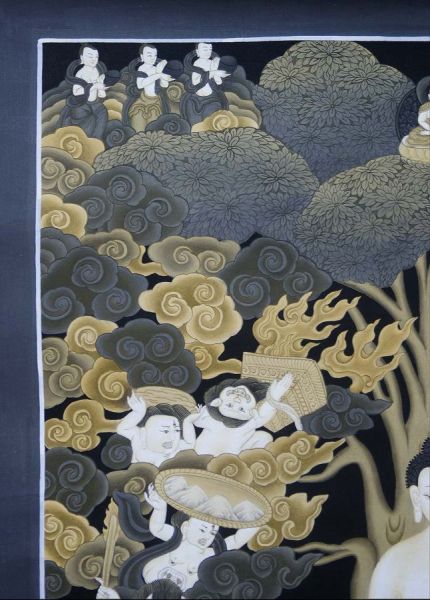 and Maras Grayscale Newari Thangka,
and Maras Grayscale Newari Thangka, 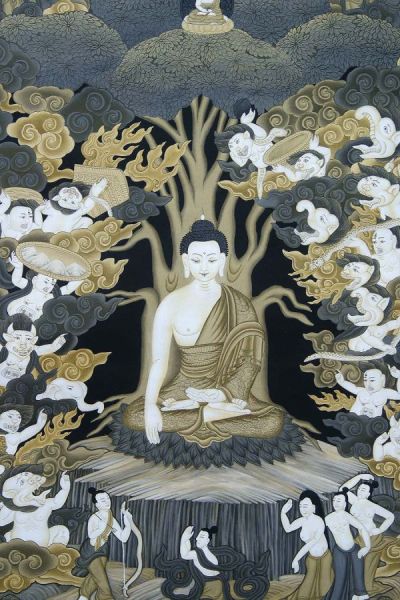 and Maras Grayscale Newari Thangka,
and Maras Grayscale Newari Thangka,  Art From Bhaktapur, Buddhist Handmade Thangka
Art From Bhaktapur, Buddhist Handmade Thangka 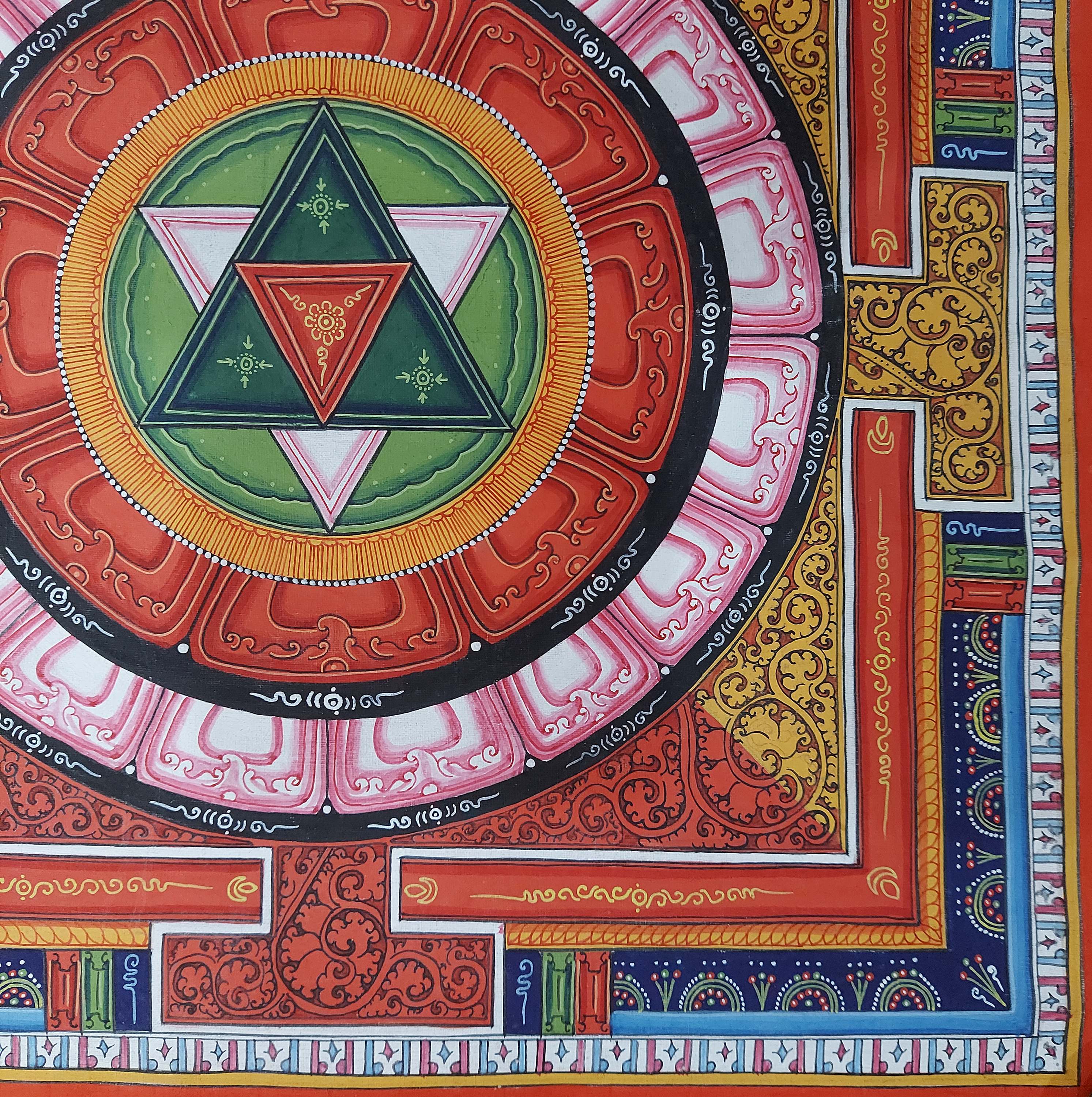 Art From Bhaktapur, Buddhist Handmade Thangka
Art From Bhaktapur, Buddhist Handmade Thangka 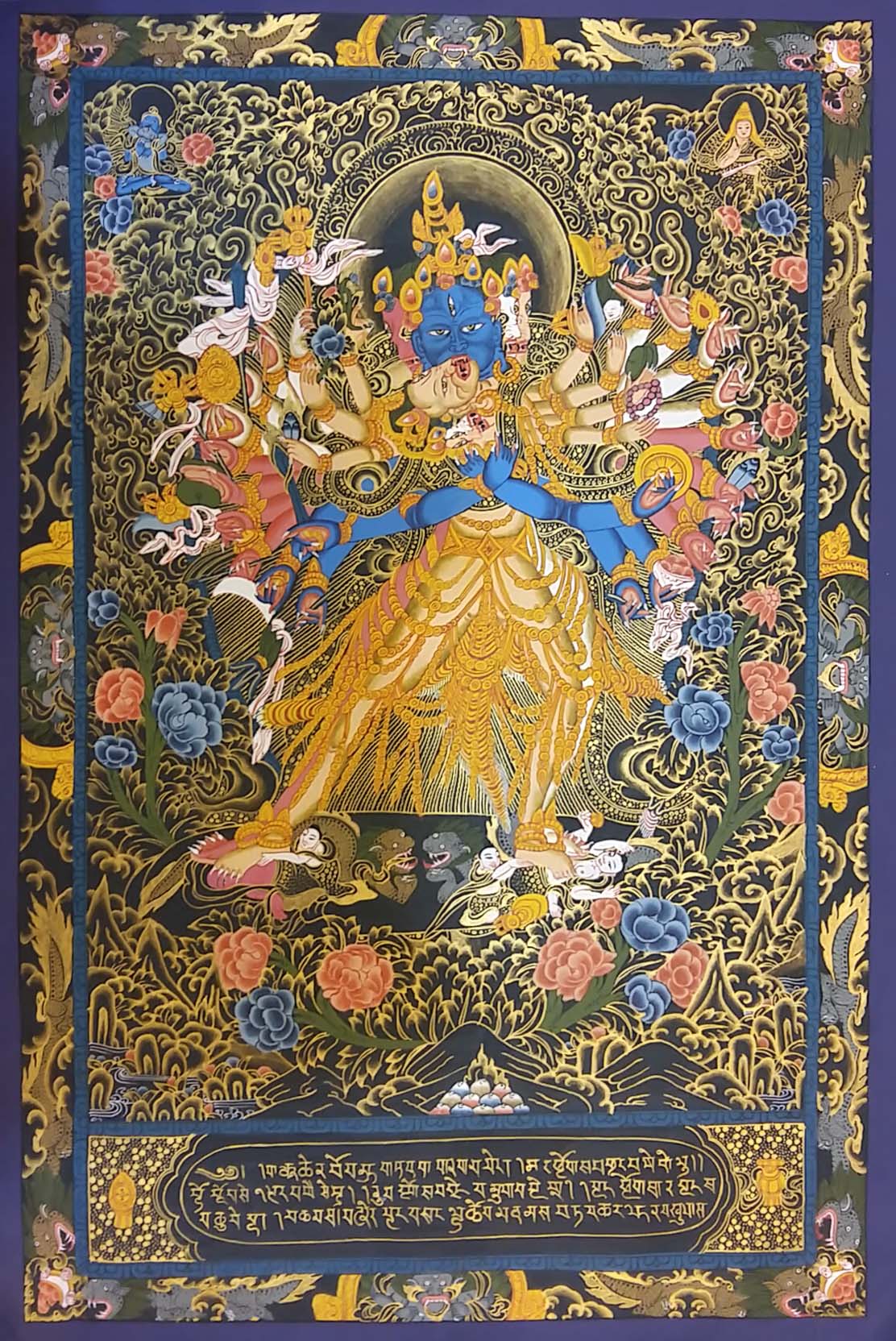 with Consort, Newari Style Thangka" title="Kalachakra
with Consort, Newari Style Thangka" title="Kalachakra 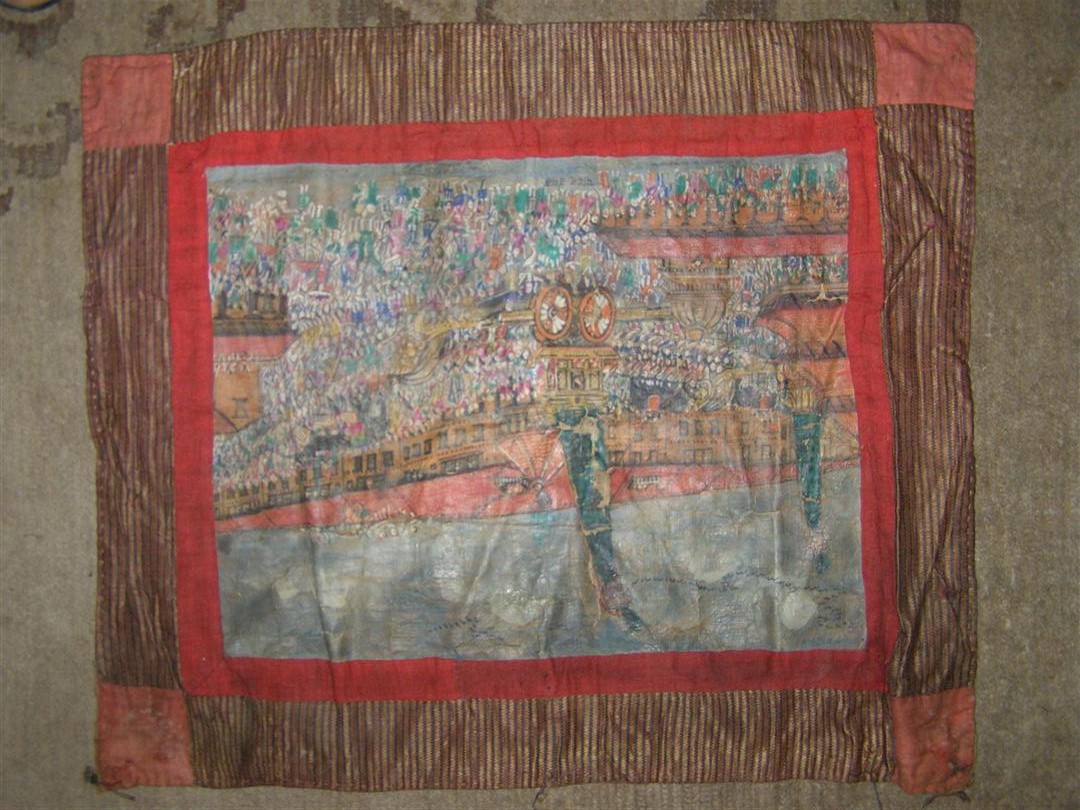
 Real Gold" title="Chakrasambhara Mandala Thangka, Tibetan Buddhist Art, Hand Painted,
Real Gold" title="Chakrasambhara Mandala Thangka, Tibetan Buddhist Art, Hand Painted, 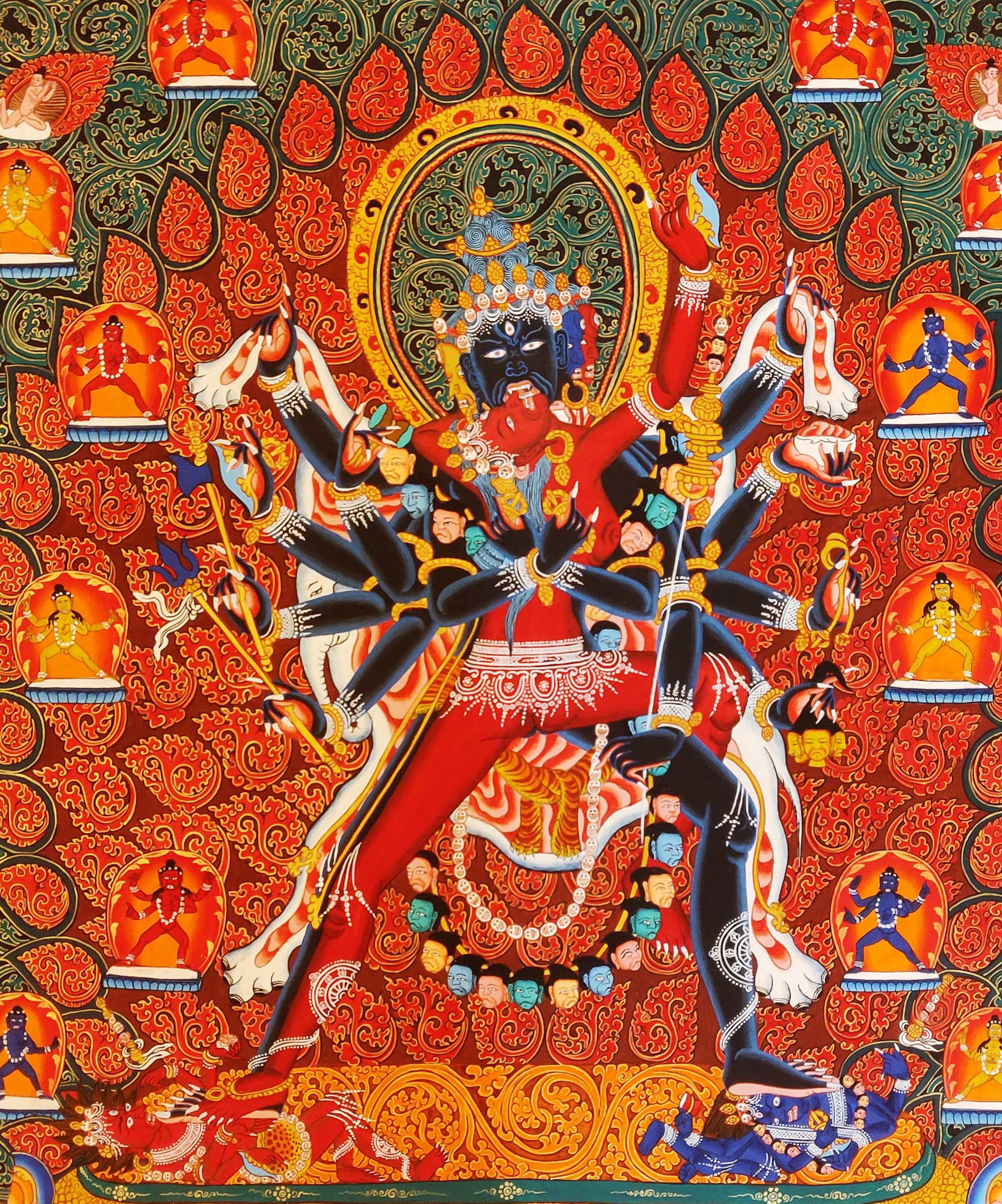 Real Gold" title="Chakrasambhara Mandala Thangka, Tibetan Buddhist Art, Hand Painted,
Real Gold" title="Chakrasambhara Mandala Thangka, Tibetan Buddhist Art, Hand Painted, 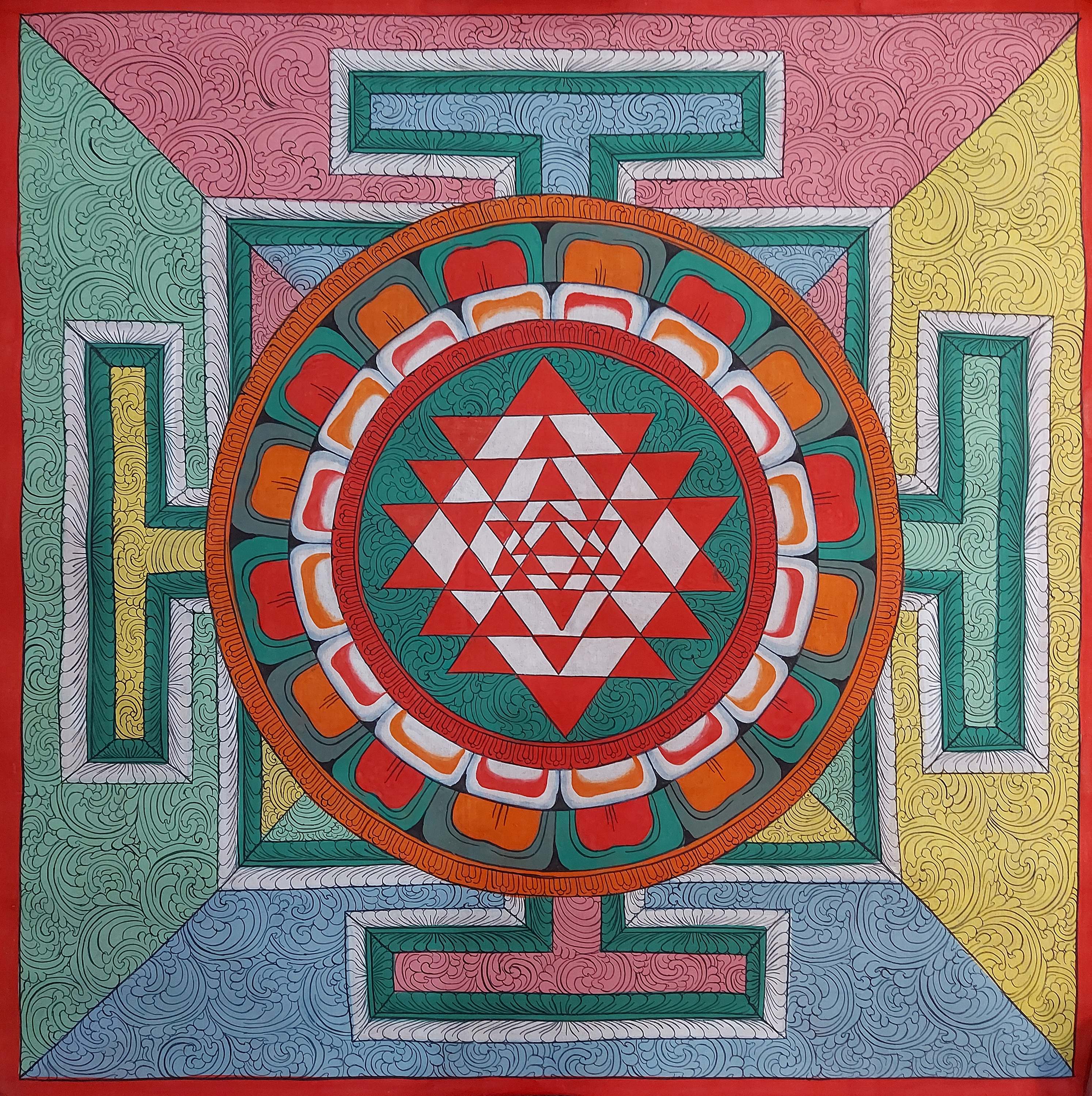 Art From Bhaktapur, Buddhist Handmade Thangka
Art From Bhaktapur, Buddhist Handmade Thangka 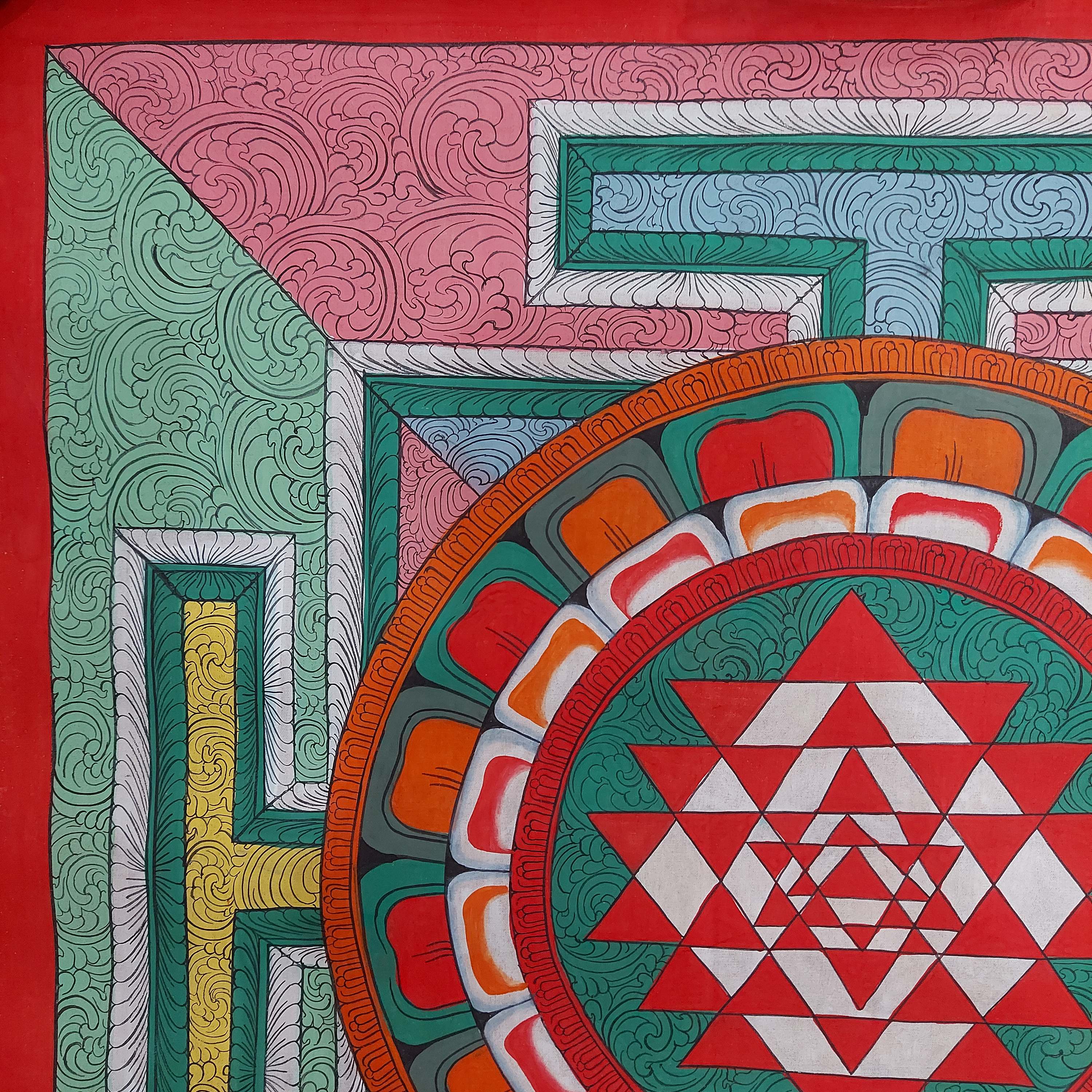 Art From Bhaktapur, Buddhist Handmade Thangka
Art From Bhaktapur, Buddhist Handmade Thangka 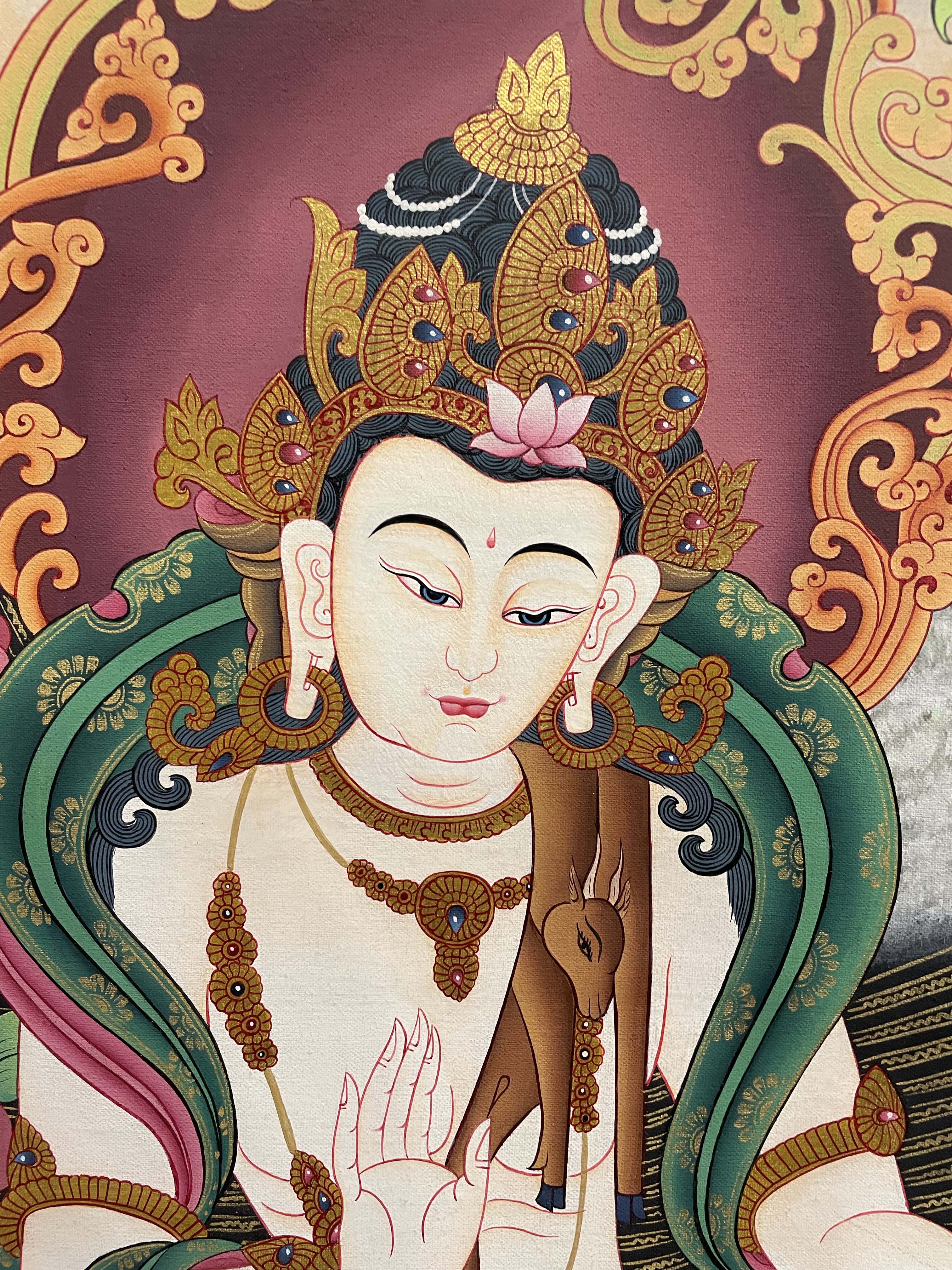 Master Quality, Newari Buddhist Thangka
Master Quality, Newari Buddhist Thangka 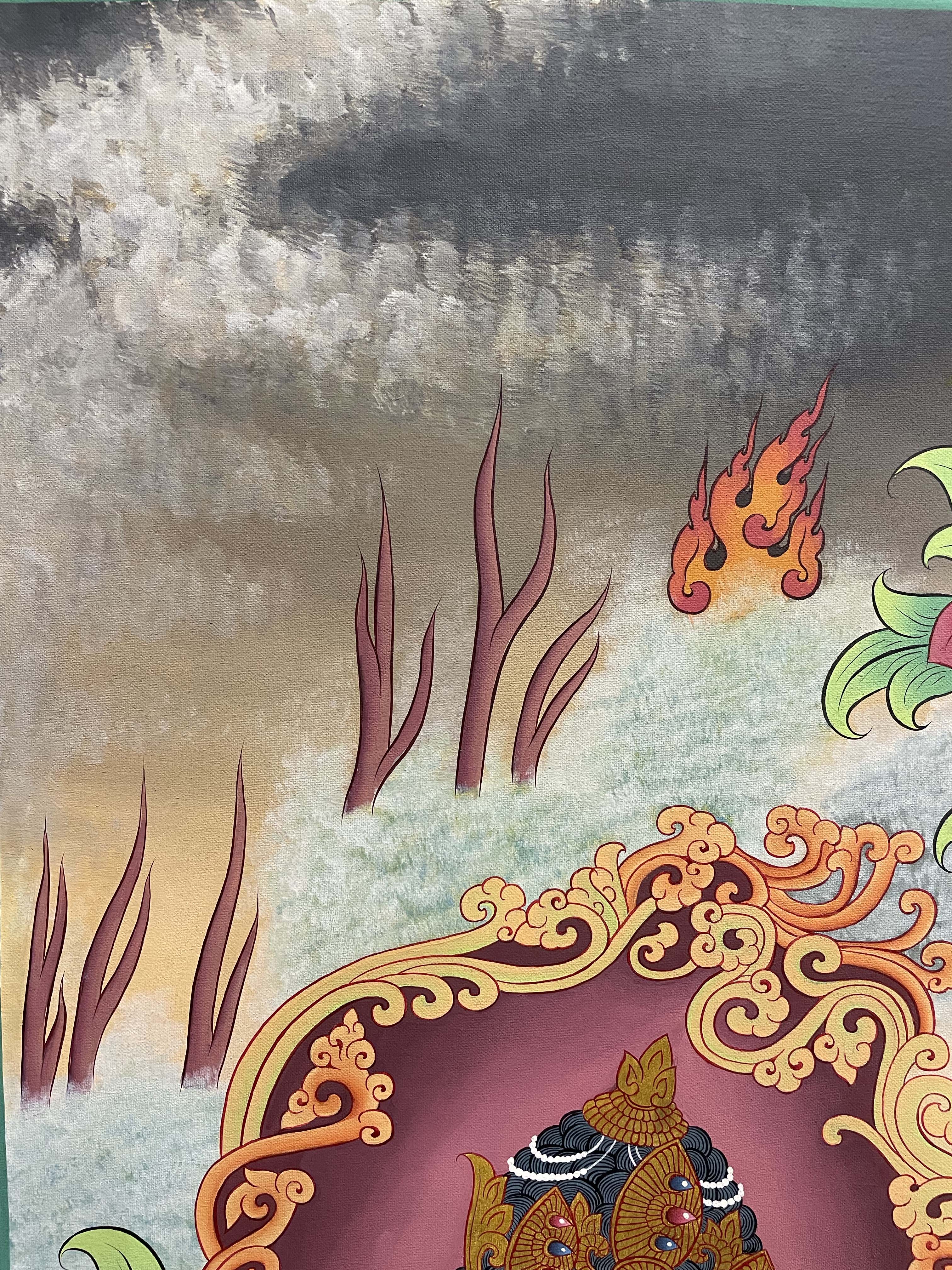 Master Quality, Newari Buddhist Thangka
Master Quality, Newari Buddhist Thangka  Master Quality, Newari Buddhist Thangka
Master Quality, Newari Buddhist Thangka  Master Quality, Newari Buddhist Thangka
Master Quality, Newari Buddhist Thangka  Old Post,
Old Post, 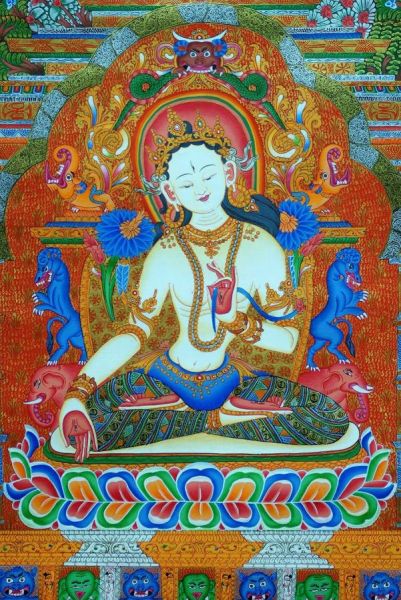 Old Post,
Old Post,  of Rantasambava Buddha In
of Rantasambava Buddha In 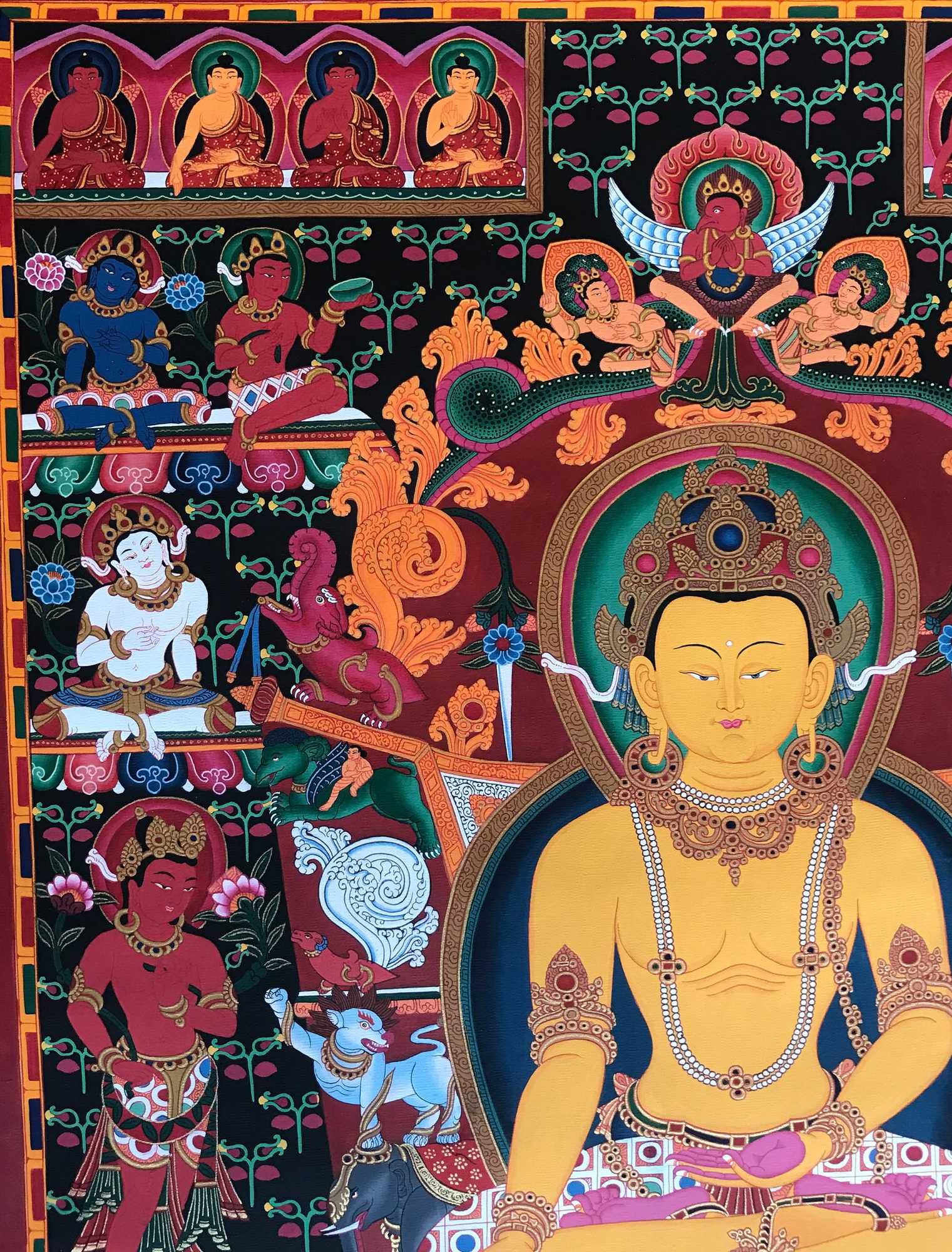 of Rantasambava Buddha In
of Rantasambava Buddha In